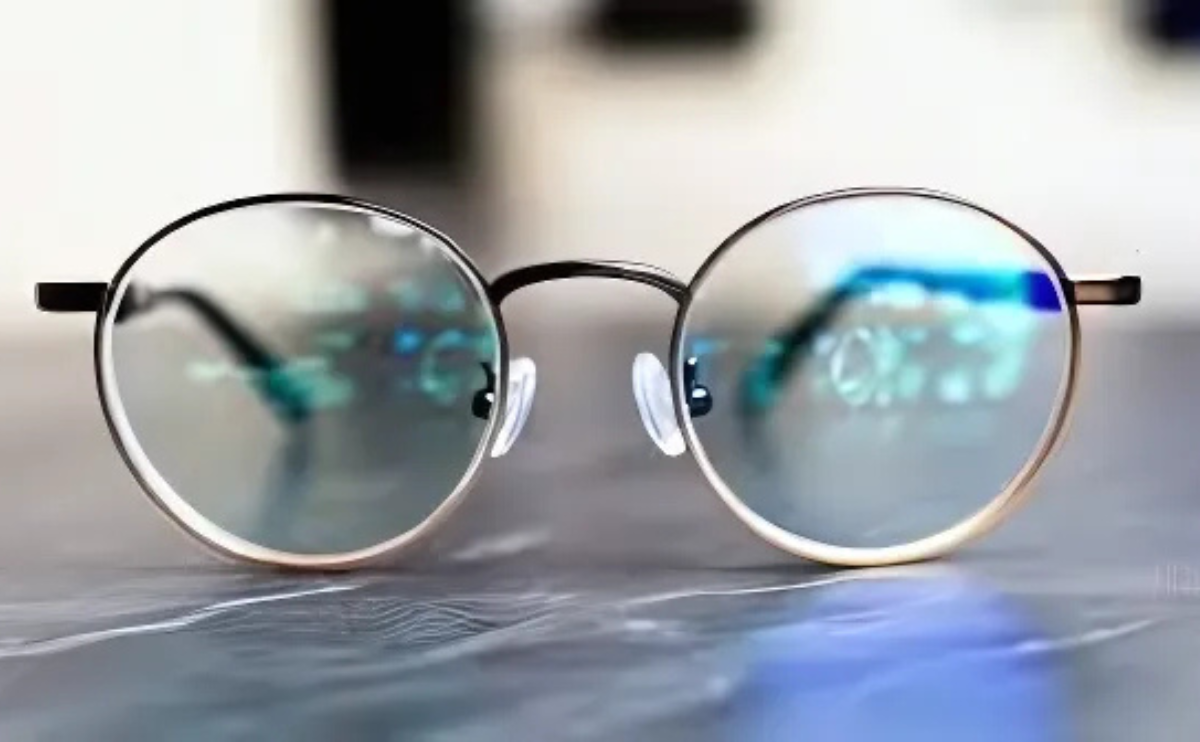Progressive lenses are a type of multifocal lens that provide a seamless transition between different prescription strengths, allowing the wearer to see clearly at all distances—near, intermediate, and far—without the visible lines seen in traditional bifocals or trifocals. They are a popular choice for people with presbyopia, a condition that typically affects people over the age of 40, where the eyes lose the ability to focus on close-up objects.
How Progressive Lenses Work
Unlike single vision lenses, which have just one focal point, progressive lenses have multiple focal points that gradually change across the lens. The top portion of the lens is for distance vision, the middle section is for intermediate vision (like computer screens), and the bottom portion is for near vision (like reading). The transition between these focal lengths is smooth, without any visible lines, giving a more natural visual experience.
- Top Section: For distance vision, ideal for activities like driving or watching TV.
- Middle Section: For intermediate vision, useful for tasks like working at a computer or looking at objects at arm’s length.
- Bottom Section: For close-up vision, perfect for reading or other close-range tasks.
Benefits of Progressive Lenses
- No Visible Lines: Unlike bifocals or trifocals, progressive lenses don’t have any visible lines separating the different prescription zones. This provides a more aesthetically pleasing appearance and a smoother visual transition between different distances.
- Seamless Vision: The gradual change in prescription from top to bottom means you don’t have to switch between multiple pairs of glasses. Whether you’re looking far ahead or reading a book, progressive lenses give you a natural, uninterrupted field of view.
- Convenience: Progressive lenses eliminate the need for multiple pairs of glasses. They combine all the benefits of distance, intermediate, and near-vision glasses into one lens, making them incredibly convenient for daily tasks.
- Enhanced Comfort: With progressive lenses, you don’t need to constantly switch glasses or adjust your position. The smooth transition between different focal points means less strain on your eyes and neck as you move between tasks.
- Better Aesthetics: Since there are no lines or divisions in the lens, progressive lenses look just like single-vision lenses, providing a clean and modern look.
Who Can Benefit from Progressive Lenses?
- Presbyopes: The primary users of progressive lenses are people who experience presbyopia, a natural age-related condition that affects the ability to focus on close objects. If you find yourself holding reading materials farther away to see them clearly, you might benefit from progressive lenses.
- People with Multiple Prescriptions: If you have different prescriptions for near, intermediate, and distance vision, progressive lenses can provide a seamless solution, allowing you to use a single pair of glasses instead of juggling multiple pairs.
- Active Individuals: Progressive lenses are ideal for people who don’t want the inconvenience of constantly switching between reading glasses and distance glasses. They provide all-in-one convenience for everyday tasks, whether you’re driving, working, or reading.
Choosing Progressive Lenses
When selecting progressive lenses, several factors need to be considered:
- Lens Design: Not all progressive lenses are created equal. Some lenses have wider fields of view and smoother transitions than others. Some brands offer customized progressive lenses that are tailored to your specific vision needs and frame size.
- Frame Size: The size and shape of the frame can affect the performance of progressive lenses. Smaller frames may limit the available area for each prescription zone, while larger frames can provide a more comfortable viewing area.
- Personalized Fit: Opticians will typically take precise measurements of your eyes and the frames to ensure the progressive lenses are fitted correctly. A well-fitted progressive lens will ensure smooth transitions and clear vision across all distances.
- Digital Lenses: Modern technology has led to the development of digital progressive lenses, which are computer-designed to provide clearer, more accurate vision. Digital lenses offer precise customization, reducing distortions and providing sharper focus in all areas of the lens.
Common Types of Progressive Lenses
- Standard Progressive Lenses: These are the traditional design, offering gradual transitions from distance to near vision. They are affordable and offer good performance but may have slightly narrower viewing areas, especially for near vision.
- Premium Progressive Lenses: These lenses offer wider viewing zones and a more customized fit, designed to reduce distortion and improve visual clarity. They are often more comfortable for new users and those with complex prescriptions.
- Digital Progressive Lenses: Using advanced technology, digital lenses provide the sharpest vision by using computer technology to map the lenses to your specific prescription. They often reduce distortion and provide a smoother transition between focal points.
- Near Vision Enhanced Lenses: These are a type of progressive lens designed specifically for people who need more pronounced near-vision correction but still want the convenience of a progressive lens for distance viewing.
Tips for Wearing Progressive Lenses
- Give Yourself Time to Adjust: It can take some time for your brain to adjust to the new way of seeing through progressive lenses. Some users may experience slight dizziness or discomfort at first, but this typically resolves after a few days of wear.
- Position Your Head Properly: To get the best clarity through progressive lenses, make sure you are using the right part of the lens for each task. For reading, look through the bottom part of the lens, and for distance, look through the top section. It may take a little practice to find the sweet spot for each task.
- Keep Frames Balanced: The fit of your frame is crucial for the performance of progressive lenses. Ensure your glasses sit comfortably on your nose and ears, as this will help you align your eyes with the correct sections of the lens.
- Choose the Right Frame: Larger frames generally allow for a better range of vision with progressive lenses, but the shape and size of your frame should be chosen with your prescription and comfort in mind.
Conclusion
Progressive lenses are an excellent option for people who need multifocal vision correction without the inconvenience of switching between different pairs of glasses. They offer a seamless and natural transition between near, intermediate, and far vision, all within one lens, and are perfect for individuals with presbyopia or those who need all-around vision correction. If you’re considering progressive lenses, make sure to consult with an optician to ensure you choose the best lens type, frame, and fit for your unique needs.










